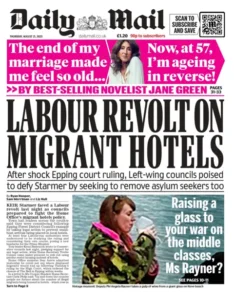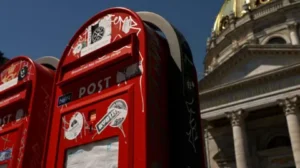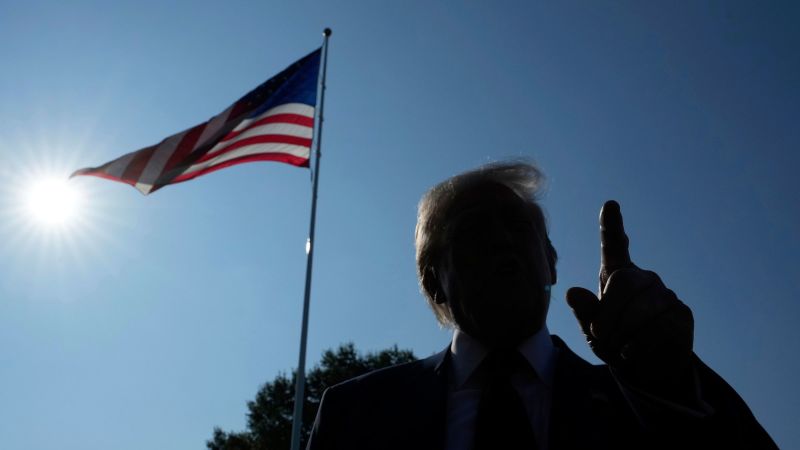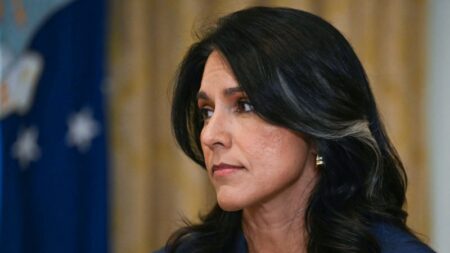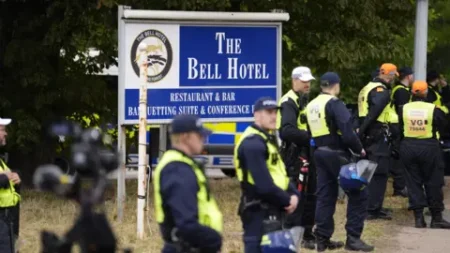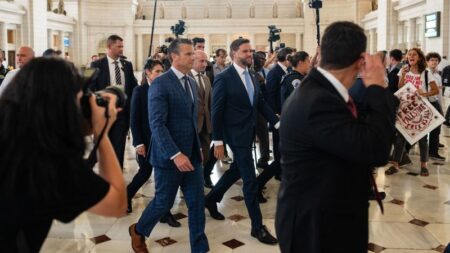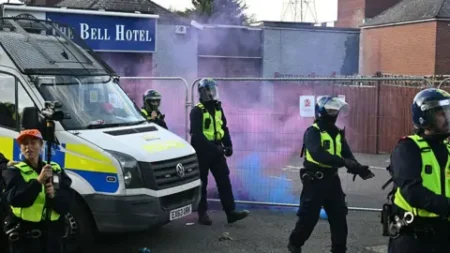In a bold assertion of power, President Donald Trump has immersed himself in reshaping the landscape of Washington, D.C., leveraging both his executive authority and newfound confidence in his second term. Some seven months into his administration, Trump is strategically asserting control over numerous cultural institutions, impacting key establishments that resonate with the American public. Notably, he has appointed himself as the leader of the iconic Kennedy Center while simultaneously pushing for revisions at Smithsonian museums to align with his political ideology. This radical restructuring reflects Trump’s desire to leave an indelible mark on the capital, transforming it into a reflection of his vision, as he prepares to ensure a lasting political legacy.
One of Trump’s significant moves includes a substantial reduction in the size of the federal workforce, an initiative coupled with plans to offload government properties and, intriguingly, modify the White House itself, turning it into a version more reminiscent of his affluent private clubs. The president has also taken unprecedented steps to gain control of local law enforcement, sending in federal agents to stem what he views as escalating crime in the city. This aggressive maneuver is indicative of Trump’s long-standing resentment toward a political landscape he perceives as dominated by “liberal elites.” His path seems set on reinforcing a ‘Make America Great Again’ narrative that resonates with his voter base while addressing what he labels as a national security crisis.
According to allies within his administration, much of Trump’s motivation stems from a belief that his victory in the 2024 election provides him with a mandate, allowing him to enact influence over a city that has consistently rebuffed him electorally. Observers note that this newfound confidence was palpable when compared to his initial struggles when he first entered the political arena. Trump is reportedly making decisions with an assertiveness and conviction that indicate a readiness to confront challenges, underpinned by victories in several legal battles that have rejuvenated his standing within the Republican Party.
The shift in Trump’s approach during his second term also reflects the personnel supporting him. Unlike in his initial term, where various advisors sought to moderate his impulses, Trump now surrounds himself with loyalists who encourage him to utilize his authority fully. This is evident in his interactions regarding notable city events and cultural icons, including the Kennedy Center Honors. Trump has taken a direct role in the selection process for honorees, showcasing a deliberate effort to eliminate perceived “wokeness” from the equation. He has expressed disdain for the current state of cultural events, likening them to unsatisfactory and partisan affairs, thereby framing his involvement as a necessary corrective measure.
The president’s push has also extended to the broader narrative around public safety and city cleanliness. A critical factor that prompted Trump’s recent initiatives was his dismay upon observing homelessness and crime during motorcade travels. The attempted carjacking of an administration staffer has further fueled his resolve to tackle these urban issues head-on. This inclination to showcase federal intervention in D.C.’s policing has sparked significant backlash from Democratic representatives, who decry Trump’s actions as an overreach of power aimed at diverting attention from his legislative shortcomings.
Despite opposition, Trump continues to lean into the controversy, banking on the notion that a focus on crime and safety resonates strongly with a significant segment of voters concerned about urban unrest. He has indicated intentions to push for Congressional assistance to potentially expand federal oversight beyond the typical limitations imposed by the Home Rule Act. Alongside this, the White House is actively working on an agenda to regulate cultural institutions, ensuring they align with a conservative perspective, addressing criticisms that they have been warped by leftist ideologies.
Trump’s efforts reflect a multifaceted strategy that encompasses both immediate objectives, such as public safety and police federalization, and long-term goals associated with cultural identity and national pride. He envisions substantial celebrations for pivotal events, like the 250th anniversary of America, and sees these opportunities as crucial for framing his governance in a positive light. There’s a palpable urgency within his office to project a revitalized image of Washington, D.C., characterized by beauty, order, and a narrative that strengthens American values.
In conclusion, Trump’s actions are characterized by a complex interplay of ambition, political strategy, and an unwavering commitment to reshape the narrative surrounding his presidency. Through significant engagements in both local governance and cultural reformation, he seeks not only to redefine Washington, D.C. but also to assert an enduring legacy that resonates with his dedicated base. As history unfolds, it remains to be seen how these efforts will impact both local sentiment and the broader national discourse.


